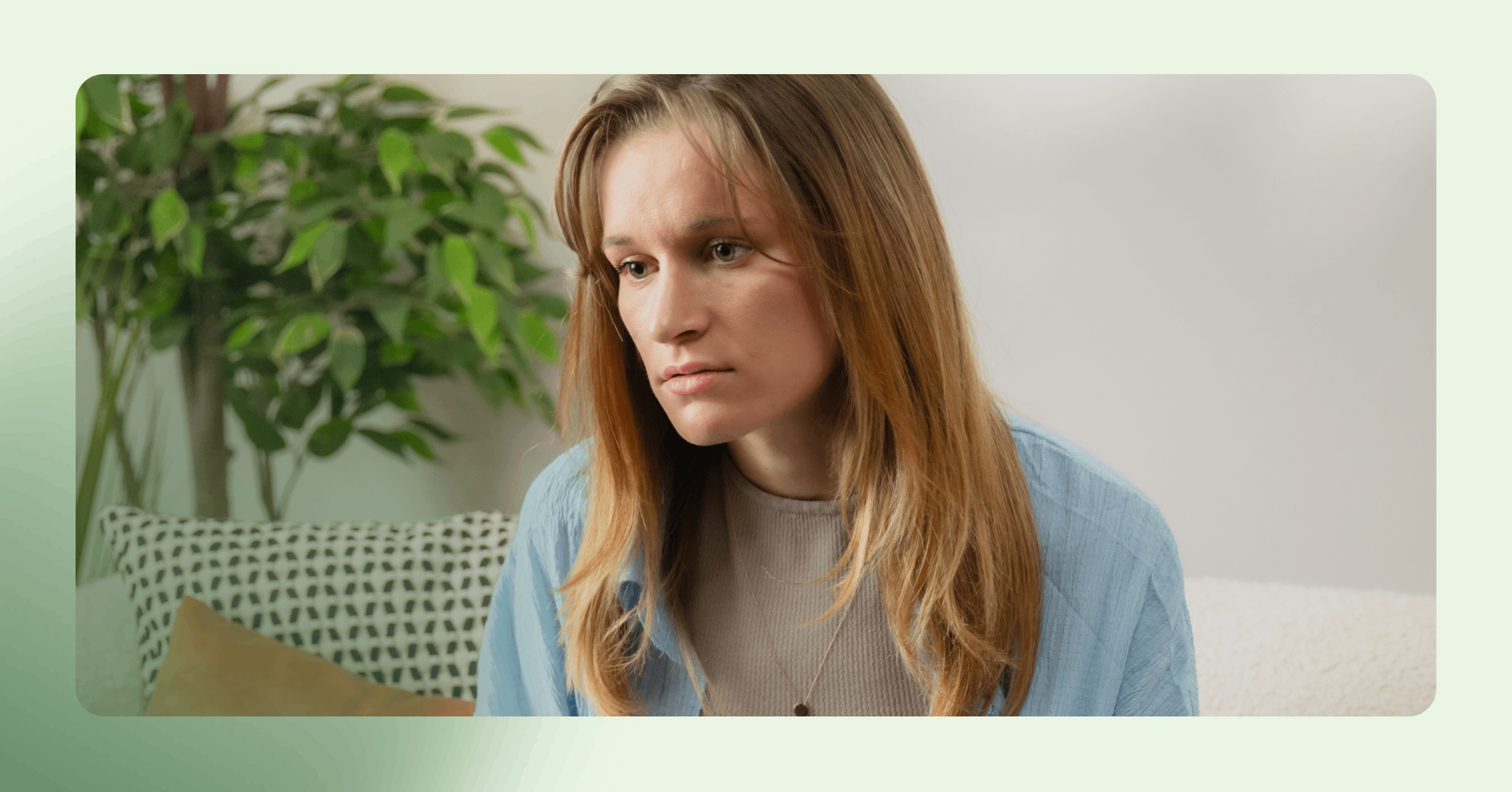Cognitive behavioral therapy is a type of talk therapy that focuses on the connection between people’s thoughts, feelings, and behaviors.
Cognitive restructuring, exposure therapy, and behavioral activation are CBT techniques that can help you challenge negative thoughts and create positive change.
CBT can help people manage difficult situations like grief and interpersonal conflict. It can also help with anxiety, depression, and other mental health conditions.
Cognitive behavioral therapy (CBT) is often considered the gold standard of psychotherapy. This collaborative, goal-oriented therapeutic approach can help people manage and overcome various mental health challenges.
What is CBT?
Cognitive behavioral therapy is a type of talk therapy that focuses on the connection between feelings, thoughts, and behaviors. The goal is to help people identify negative thought patterns and behaviors so they can replace them with healthier and more helpful alternatives.
CBT is based on the following core concepts:
Psychological issues are based on unhelpful ways of thinking.
Psychological issues are based on learned patterns of unhelpful behaviors.
Psychological issues are based on problematic core beliefs, including thoughts about yourself and the world.
Access to better coping methods can help alleviate symptoms and improve overall mental and emotional well-being.
The care you need, when you need it
Learn how Rula can support your mental health journey
Common CBT techniques
CBT teaches practical, evidence-based strategies to help people reach their mental health goals. Although it focuses on addressing current problems, you can use these tools to challenge negative thoughts and create positive change throughout the rest of your life.
Here are some leading CBT techniques:
Cognitive restructuring: CBT teaches people to recognize cognitive distortions, meaning irrational thoughts that shape how you see yourself and the world. Then, it helps you replace them with more positive and encouraging thoughts.
Behavioral activation: Behavioral activation helps people understand how their behaviors influence their emotions. The goal is to encourage people to engage in activities that generate positive feelings, like joy, satisfaction, and fulfillment.
Problem solving: CBT empowers people to take an active role in identifying and overcoming mental health challenges and difficult situations. With the support of your therapist, you’ll learn to break down problems into smaller, more manageable situations. This approach can help you find a straightforward and sustainable solution.
Exposure therapy: Exposure therapy allows people to confront their fears in a safe and controlled environment so they learn to feel less vulnerable and more confident in their ability to cope.
Relaxation and stress-reduction techniques: CBT teaches relaxation techniques, like guided imagery and deep breathing exercises, to reduce stress and tension during difficult moments.
Dig deeper:
What conditions can CBT treat?
CBT can help people manage difficult situations, like dealing with grief, anger, chronic pain, and interpersonal conflict. It’s also effective for a wide range of mental and behavioral health conditions.
Depression
Research shows that CBT is an effective treatment for depression. And combining CBT and medication is significantly more effective than medication alone. For someone with depression, cognitive interventions can address negative thoughts that contribute to depression, while behavioral activation can encourage activities that reduce depressive symptoms.
Anxiety
According to a large analysis, CBT improves symptoms of anxiety disorders, like generalized anxiety disorder, panic disorder, and social anxiety disorder. Through practices like cognitive restructuring, CBT teaches people how unhealthy thinking can affect their mood, beliefs, and outlook on life.
Post-traumatic stress disorder (PTSD)
Research shows that CBT can reduce PTSD symptoms, as well as feelings of depression and anxiety in people with PTSD. Exposure therapy, cognitive restructuring, and other CBT techniques are considered safe and appropriate for reducing symptoms and improving overall functioning.
Eating disorders
CBT is considered an effective treatment for eating disorders, including bulimia, anorexia, and binge eating disorder. It addresses negative thought patterns related to food, body image, and self-esteem. It also focuses on behavioral changes to create better coping methods and a healthier attitude and habits around food.
Substance use disorders
CBT can help people with substance use disorders identify harmful behavior patterns, find motivation for change, and develop healthier coping skills. Learning to recognize cognitive and environmental triggers may also help people avoid relapse after treatment.
What can you expect from CBT?
CBT is a short-term therapy, with most people requiring 5-20 sessions to effectively manage their symptoms or concerns. Throughout the process, you’ll work with your therapist to set goals, challenge negative thought patterns, and develop coping skills.
1. Initial assessment and goal setting
Similar to most types of talk therapy, the first CBT session is an opportunity to introduce yourself to your therapist and learn more about their therapeutic approach. You’ll review your personal and family health histories, as well as any symptoms, emotions, or feelings that brought you to therapy.
You might even ask your therapist questions, like:
How long have you been practicing CBT?
Do you have experience treating other people with similar concerns?
How will I know if the CBT is working?
The first session is also an opportunity to set treatment goals. CBT goals should be specific, measurable, achievable, relevant, and time-bound (SMART). They should also be focused on your unique needs and desired outcomes.
2. Identify and challenge negative thought patterns
During CBT sessions, you’ll learn to identify unhelpful or self-defeating thoughts so you can replace them with more encouraging ones. Once you create a treatment goal, you’ll work with your therapist to challenge cognitive distortions, like black-and-white thinking, that may impact your success.
For example, instead of saying “I’ll never get a promotion,” you might replace the thought with “I didn’t get a promotion when I applied two years ago, but this is a different role with a different company. I’ve had time to grow my skill set and I’m now better prepared for additional responsibilities.”
As you work to overcome negative thoughts, your therapist may pose a few questions to offer a fresh perspective on the issue:
Is there substantial evidence for this thought?
Is there evidence contrary to my thought?
What would a friend think of the situation?
Will this matter a year from now or five years from now?
3. Develop and practice new skills
CBT teaches skills and strategies to manage your thoughts, emotions, and behaviors. During sessions, you’ll discover techniques like problem-solving skills, relaxation exercises, assertiveness training, and communication skills to help you achieve your goals. And with CBT, you’ll learn to practice your new skills both in and out of therapy sessions. Homework is an important component of CBT, so therapists will often assign work, like journaling or calming exercises, to reinforce the skills you’ve learned during your time together.
Find a therapist with Rula
If negative thoughts or unhealthy behaviors are preventing you from feeling your best, consider learning more about cognitive behavioral therapy. CBT is a goal-oriented treatment approach designed to support people as they navigate difficult emotions and experiences.
At Rula, we collaborate with an extensive network of behavioral therapists who are experienced in CBT and many other treatment modalities. We can help you find the right therapist for your unique needs so that you can receive care via our virtual platform as soon as tomorrow. Plus, we’ll make sure the therapist takes your insurance and is accepting new clients.
Cognitive behavioral therapists near you
New York, NY – Houston, TX – Rancho Cucamonga, CA – Austin, TX – Chicago, IL – Los Angeles, CA – Columbus, OH – Portland, OR – Dallas, TX – Jacksonville, FL – Charlotte, NC – Denver, CO – Huntsville, AL – Philadelphia, PA – Seattle, WA – Find your city
Rula's editorial process
Rula's editorial team is on a mission to make science-backed mental health insights accessible and practical for every person seeking to better understand or improve mental wellness.
Members of Rula’s clinical leadership team and other expert providers contribute to all published content, offering guidance on themes and insights based on their firsthand experience in the field. Every piece of content is thoroughly reviewed by a clinician before publishing.





